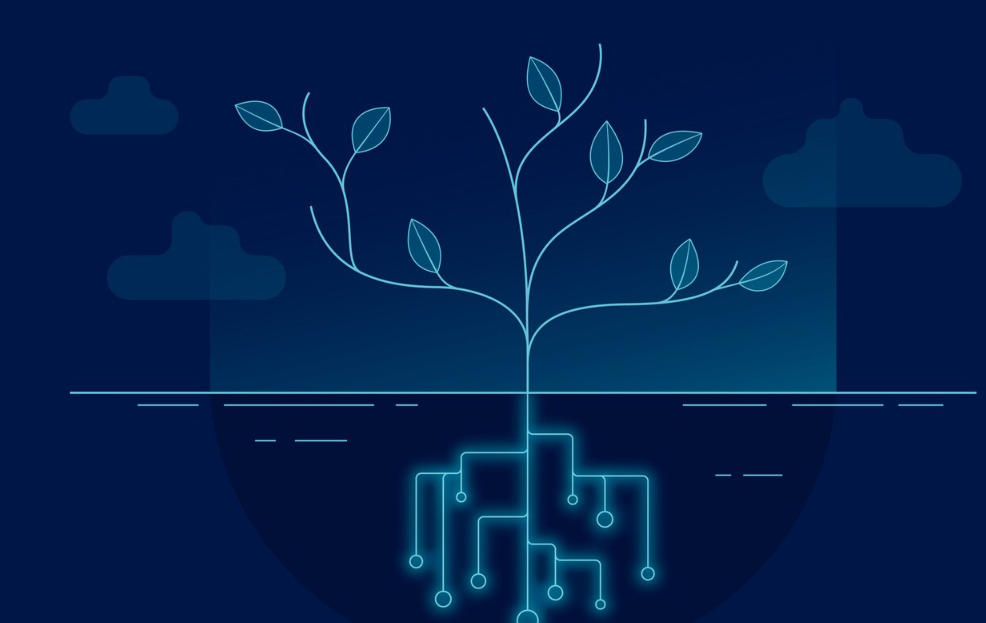In an era where screens dominate our senses and algorithms shape our decisions, the term digital utopia is often used to describe a world optimized by technology—efficient, connected, and constantly evolving. But as we strive toward this seamless digital future, a curious phenomenon has emerged: a growing appreciation for analog technology. Far from obsolete, analog tools are finding new relevance in our hyper-digital lives.
The Charm of the Analog
Analog technology refers to devices and systems that operate on continuous signals or mechanical processes, rather than binary code. Think of vinyl records, film cameras, typewriters, or even hand-wound watches. These tools emphasize physicality, imperfection, and tactile feedback—qualities often lost in digital interfaces.
In a digital utopia filled with automation and virtual reality, analog devices offer something rare: presence.
Why Analog Persists (and Thrives)
1. Tactile Experience
Digital tools prioritize speed and convenience. But analog devices invite interaction. Writing on paper, adjusting a lens, or tuning a radio requires attention and offers physical feedback. These experiences are slower but more immersive.
2. Nostalgia and Authenticity
As digital design becomes more minimal and standardized, analog tools evoke a sense of craftsmanship and authenticity. A handwritten note or a mixtape made on cassette carries emotional weight that a digital file can’t replicate.
3. Privacy and Autonomy
Analog systems are inherently offline. A film camera doesn’t track you. A turntable doesn’t need an internet connection. In a world where digital systems monitor, optimize, and store everything, analog becomes a symbol of freedom from surveillance.
4. Longevity and Repairability
Many analog tools are designed to last. They can be maintained, repaired, and passed down. Contrast that with digital devices, which are often locked down or rendered obsolete by software updates.
Where Analog Meets Digital
Interestingly, analog and digital aren’t always at odds. Hybrid systems are becoming popular:
- Digital cameras with manual controls, giving photographers tactile engagement with digital precision.
- Smart notebooks that sync handwritten notes to the cloud.
- Vinyl with QR codes, offering both analog listening and digital access.
This fusion allows users to enjoy the soul of analog with the convenience of digital—a balance many find ideal.
Analog as Resistance
In some circles, using analog tools is more than aesthetic—it’s philosophical. Writers return to typewriters to escape distractions. Musicians use tape decks for warmth and unpredictability. Activists distribute information via zines and printed flyers as a form of low-tech resistance.
In this context, analog becomes a deliberate act of slowing down, focusing, and opting out of algorithmic influence.
Reimagining Utopia
A truly human-centered digital utopia may not be fully digital at all. It might be one where analog tools coexist with intelligent systems, offering balance, texture, and depth. It’s a world where you might 3D-print a replacement part for your mechanical watch, use an AI assistant to manage your schedule, then unplug for the weekend with your Polaroid camera and paperback novel.
Conclusion
In the pursuit of perfection, technology often aims to eliminate friction. But analog tech reminds us that not all friction is bad. Sometimes, it’s what grounds us in the moment. As we continue designing the future, the survival—and revival—of analog tools signals a desire not just for innovation, but for connection, intentionality, and a slower kind of joy.


